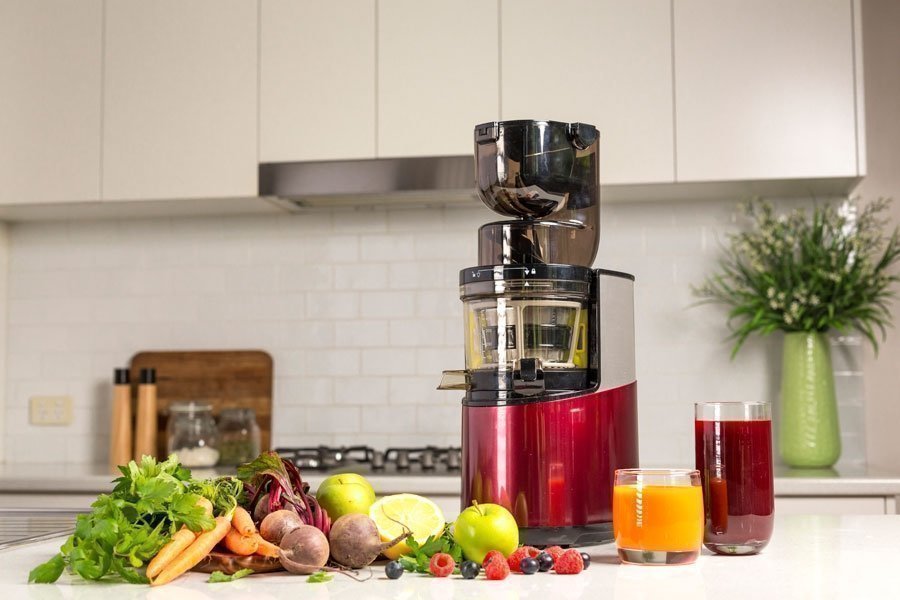Vitality 4 Life uses cookies to provide and improve our services, if you continue browsing, we consider that you accept its use. For more information, please see our privacy page.

Superfoods: Benefits of Wheatgrass
There are many superfoods out there, perfectly designed by nature to increase our health and vitality. Wheatgrass is said to be the 'mother' of all superfoods and the health benefits of juicing wheatgrass are abundant.
Benefits of wheatgrass juicing
The benefits of wheatgrass are evident in its detoxifying and immune boosting capabilities. Wheatgrass juicing unlocks all the vital nutrients from this wonderful super food. It is important so use a high quality Cold Press Juicer in order to preserve the enzymes and deliver the nutrients of the wheatgrass juice to your body in their most natural form.
Frequently Asked Questions...
Does wheatgrass contain gluten?
No, wheatgrass does not contain gluten. In fact, wheatgrass is a suitable food type for those with a gluten intolerance. Although wheat grain contains gluten, wheatgrass is not a grain, it is a green vegetable and as such contains no gluten.
How much wheatgrass juice can you drink per day?
It is recommended by Ann Wigmore that you start drinking about 1 oz of wheatgrass juice per day. After a few weeks you can increase the level of wheatgrass juice to 2 ounces. Over the next few months you can build up to 4 ounces of wheatgrass juice per day.
How do I avoid mould when growing wheatgrass?
Mould is the most common problem when growing wheatgrass (In fact it is often the only problem). It can be identified as white blobs forming (normally around the base of the wheatgrass stalks) when it is alive and black spots when it is dead. The following are all suggestions for preventing mould formation on your home grown wheatgrass.
Do not soak your wheatgrass seeds for longer than 8 hours.
After soaking, plant the seeds as soon as you have drained them.
Try and keep your growing micro-climate from becoming to hot or too humid, a temperature around 30?C is recommended.
Is mould formation on wheatgrass of any significance?
Mould formation on wheatgrass can be of great significance. Some people are allergic to mould and it is also bad news for people who suffer from asthma.
It has been reported that intake of mould can result in instant body reactions such as headaches, nausea and even body hives.
It is therefore important to at least cut well above any mould that has formed when harvesting your wheatgrass.
It is also recommended to empty and sterilise your trays after harvesting to discourage any related mould growth.
Can I repeatedly trim and grow the same tray of wheatgrass?
Although it is possible to regrow your wheatgrass after it's first cutting and then re-harvest the same batch, it is not a recommended practice as the second harvest will not contain nearly as many nutrients as the first. This is because a great deal of wheatgrass's nutritional value comes from the seed as the seed sprouts.
This nutritional content is contained within the first harvest. As well as the loss of nutritional content, re-growing the wheatgrass increases the chance / growth of mould.
To get the best results when juicing wheatgrass, use a high quality Cold Press Juicer:
For the health inclined:
The best single gear juicer you can buy.
[product id="205"]
Click here to see our full range of Cold Press Electric Juicers
For those on a budget, our range of Manual Wheatgrass Juicers are perfect portable companions for personal wheatgrass juicing:
[product id="165"]
[product id="166"]
[product id="167"]










